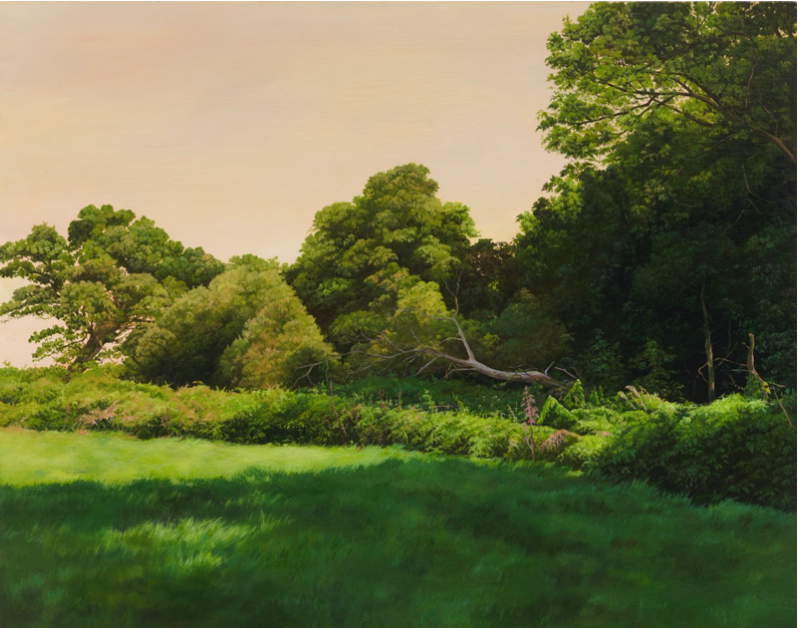- Home » Exhibition » EXHIBITION: Unkempt ‘shifting aesthetics in representations of landscape’
Become a member find out more

16 July – 5 September
PREVIEW AT THE GALLERY: Friday 16 July, from 6pm Bookings
Exhibition goes live at 10am on 16 July
For advance information and a collector’s preview please register interest:
Messums is delighted to present ‘Unkempt’, an exhibition recognising the advent of a changing aesthetic in landscape – one that is by its nature wild, messy and more empathetic to the environment. Opening in the Long Gallery at Messums Wiltshire this July ‘Unkempt’ showcases established and emerging artists whose work invites questions on how aesthetics can preconfigure our opinion about the environment and help us to discover a different way of finding beauty in our landscape.
A growing awareness about the importance of biodiversity has led to a more nuanced understanding of what the landscape is for and what is means for us. As part of this the very look of our countryside is being questioned as government policy, conservation projects, and new thinking heralds a change in our national understanding of the rural idyll.
The popular idea of the English countryside has its origins in a Georgian desire for neatness perhaps inspired by the pastoral scenes rendered by Claude Lorrain and Nicholas Poussin whilst at the same time a series of enclosure acts were bringing common land into a new means of increased farming productivity. These still remain signposts of natural harmony, though perhaps now viewed as more composed or constructed than natural, but nonetheless strong aesthetic signifiers.
Unkempt explores the place of art within this conversation. Wilder terrain is found in the undergrowth, in tangled brambles and hedgerows with works from Tyga Helme, Daphne Todd, Antony Williams and Tuesday Riddell. Some have looked to outstanding natural environments with Tim Craven’s pictures of Lady Park Wood in Wales and Richard Hoare‘s paintings of rewilded land at the Knepp Estate in Sussex. Others find arcadias in more unexpected places; roadside gorse from Kurt Jackson and changing industrial landscapes within Narbi Price’s paintings of Ashington Colliery in Northumbria and Yan Wang Preston’s photographs of an ecology-model town in Yunnan Province, China. Two works from Hannah Brown show a field next to a Tescos on the outskirts of Crediton in Devon just before it was built on, adding pathos to the quiet grandeur of overlooked and uncultivated land. Questions on our relationship with ecology continue in enigmatic and refined work from Gary Colclough, while watercolours of a forest canopy by Rebecca Partridge explore the sublime in contemporary landscape. This language is not limited to two dimensions and in a sculpture by John Davies a small house is turning green, twigs bursting out of the windows and roof like a fire. Nature and humanity conjoin in bronzes from Laurence Edwards, exploring our own place within nature.
Unkempt follows the Active Environmentalism Talks Programme which started at the beginning of this year.
Active Environmentalism is a phrase that might be best described as emancipating our thinking through understanding to help with our own individual proactive decisions.
Our own decisions and reasonings are personal but by being informed there is no doubt we are in a better position to make the right choices of our own accord. Active Environmentalism is about the private decision and not the placard debate.
From better understanding nature at the sea bed and upwards, to rationalising how a price can be put on the environment, to radical thinking at the intersection of science and necessity which may question our belief in anything that has gone before.
Underpinning this is an appreciation and respect for nature to which most artists will readily align and the prospect of innovation running like creativity itself at the vanguard of our thoughts.
Image: Hannah Brown, The field next to Tesco that is soon to be built on 5